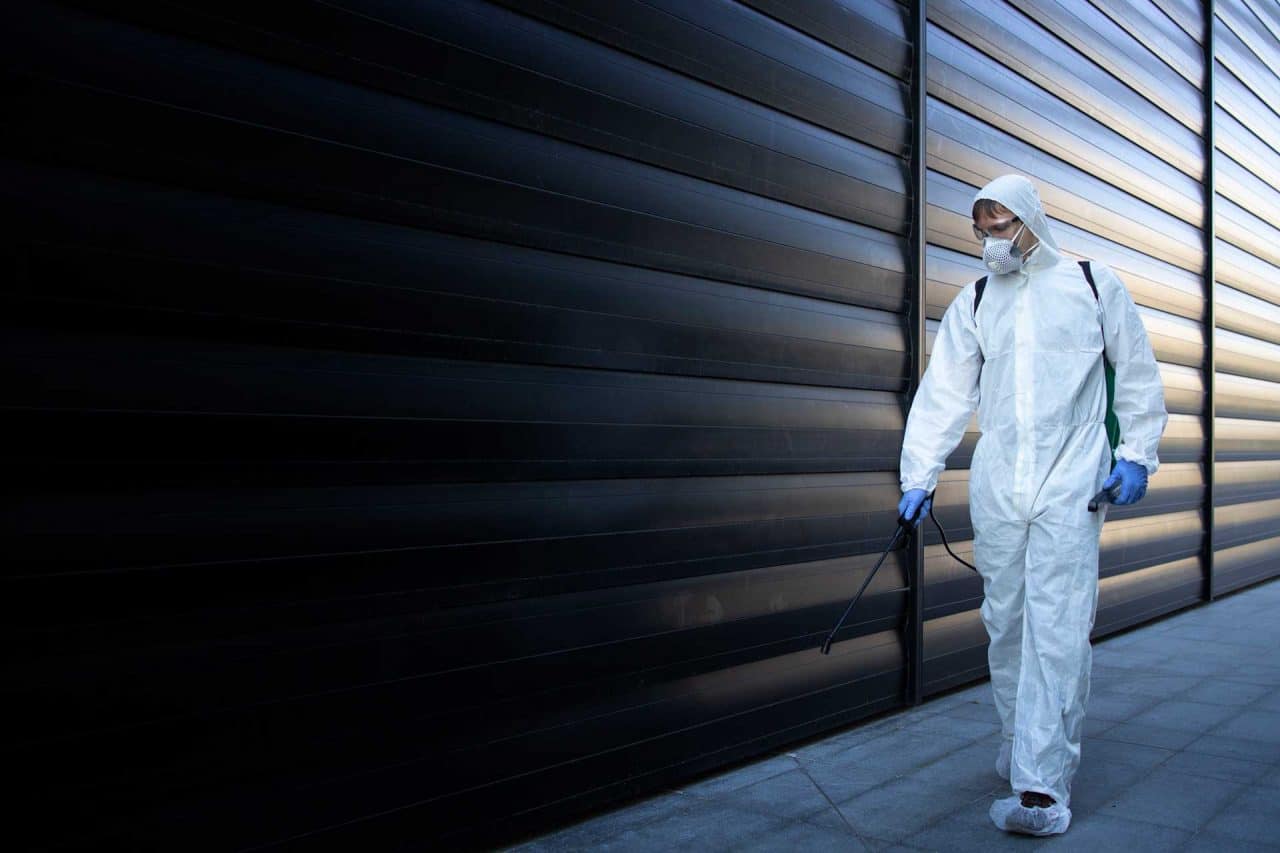Protect Your Home Investment: Essential Insights on Real Estate Termite Inspections
- Jun 23, 2022
 Few things can cause as much dismay in the heart of a homeowner as finding that termites have invaded his home. Termites are tiny insects, but they have a big appetite for anything made of wood or cellulose. The damage they do can remain unseen for a long time and only become obvious when the destruction has reached an advanced stage. The only effective form of protection is by getting a professional real estate termite inspection done and once the results are in, taking action to get rid of any termites that may have been found and to take steps to prevent any future termite infestation from occurring. Most people are familiar with house fumigation services, but that is only the last act of the real estate termite inspection process. Knowing what to expect during an inspection and understanding the follow-up process will help you protect your home.
Few things can cause as much dismay in the heart of a homeowner as finding that termites have invaded his home. Termites are tiny insects, but they have a big appetite for anything made of wood or cellulose. The damage they do can remain unseen for a long time and only become obvious when the destruction has reached an advanced stage. The only effective form of protection is by getting a professional real estate termite inspection done and once the results are in, taking action to get rid of any termites that may have been found and to take steps to prevent any future termite infestation from occurring. Most people are familiar with house fumigation services, but that is only the last act of the real estate termite inspection process. Knowing what to expect during an inspection and understanding the follow-up process will help you protect your home.
The Cost
This varies as each termite control company will have its pricing and policies. However, many of the best companies that are confident of the quality of their services and want to build long-term links with the homeowners in their service areas, offer free inspection services. Using a top-rated company of this kind will get you accurate inspection results and will not cost you a cent either.
The Process
There is a lot of information available online about the signs of a termite infestation. While it may be good and useful, it only scratches the surface. Doing your inspection is good, but only a professional will be able to look beyond the obvious signs of an infestation to find the indicators of termite presence which requires a trained and experienced eye. The process starts with scheduling a time for the inspection. When the professionals arrive, they may ask a few questions to help them get a better understanding of your concerns and your expectations from the inspection. Once you have answered and the inspectors have the information they need, the inspection will begin.
What Is Inspected?
The short and accurate answer to that question is that the whole structure will be thoroughly and methodically examined inside and out, from top to bottom. Surrounding areas, sheds and other structures and external areas on your property where termites could nest will also be inspected. Among other signs of an infestation, the inspectors will look for mud tubes that termites use to move around, discarded termite wings and termite droppings. The inspectors will require access to all parts of the house and perhaps even the open areas around it.
How Long Does It Take?
The time will depend on the size of the home, and how long it takes to access the rooms, attics, crawl spaces and external areas. The inspectors will be able to give you a rough idea before they start. Ensuring that all parts of the house are accessible will speed up the process.
How Often Should an Inspection Be Done?
It dependson the amount of termite activity in your area. State pest control boards also have regulations about the frequency of termite inspections. Here again, the inspectors will be able to give you information on this.
What Happens After the Inspection?
If termites have been found, they will need to be removed. Whether or not there is a termite infestation, termite prevention measures should be done to keep the home safe from future termite attacks.
The most effective way to keep your home safe from termites is to contact a professional termite control company and arrange for a free termite inspection followed by expert removal and prevention actions.

Comments - 0